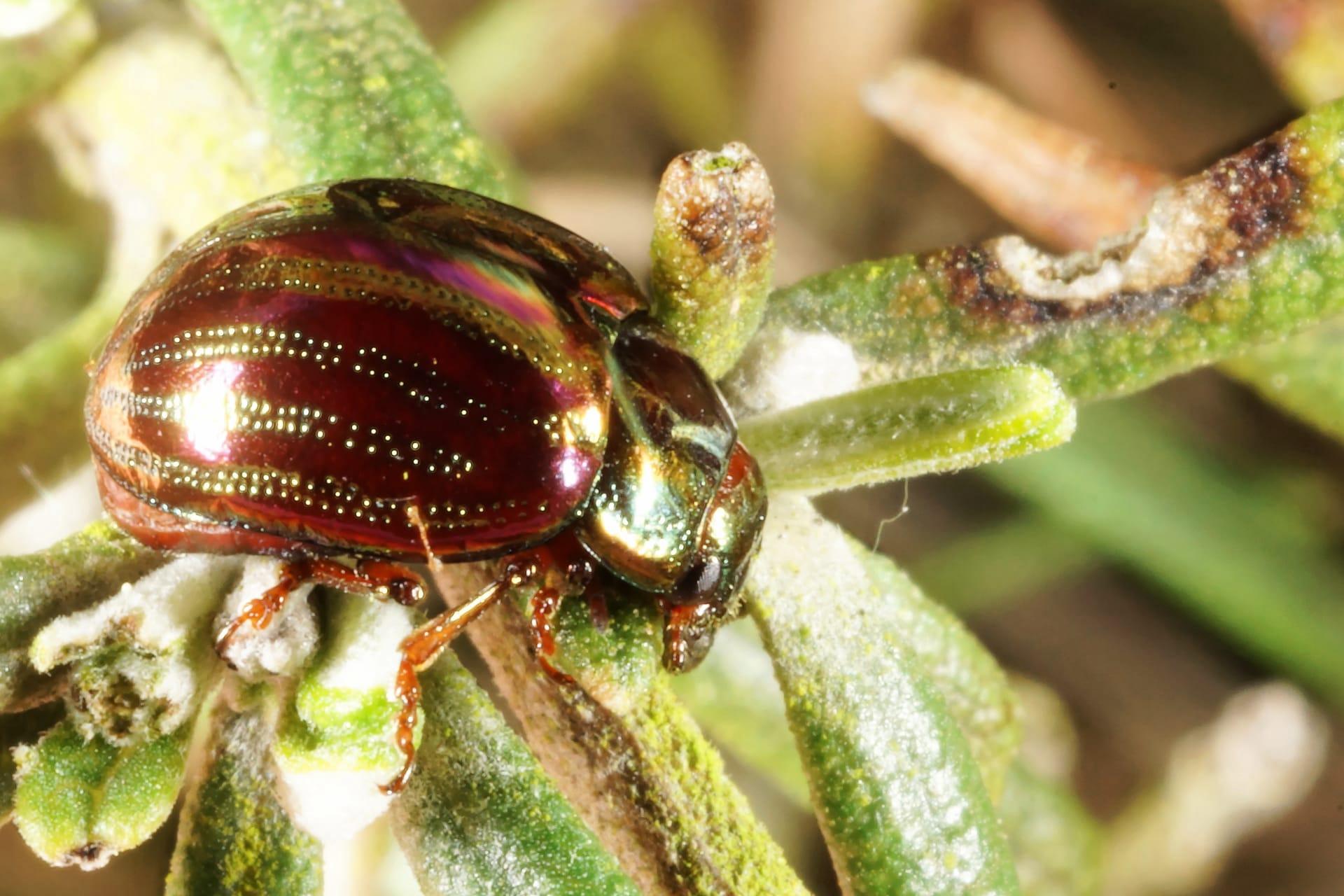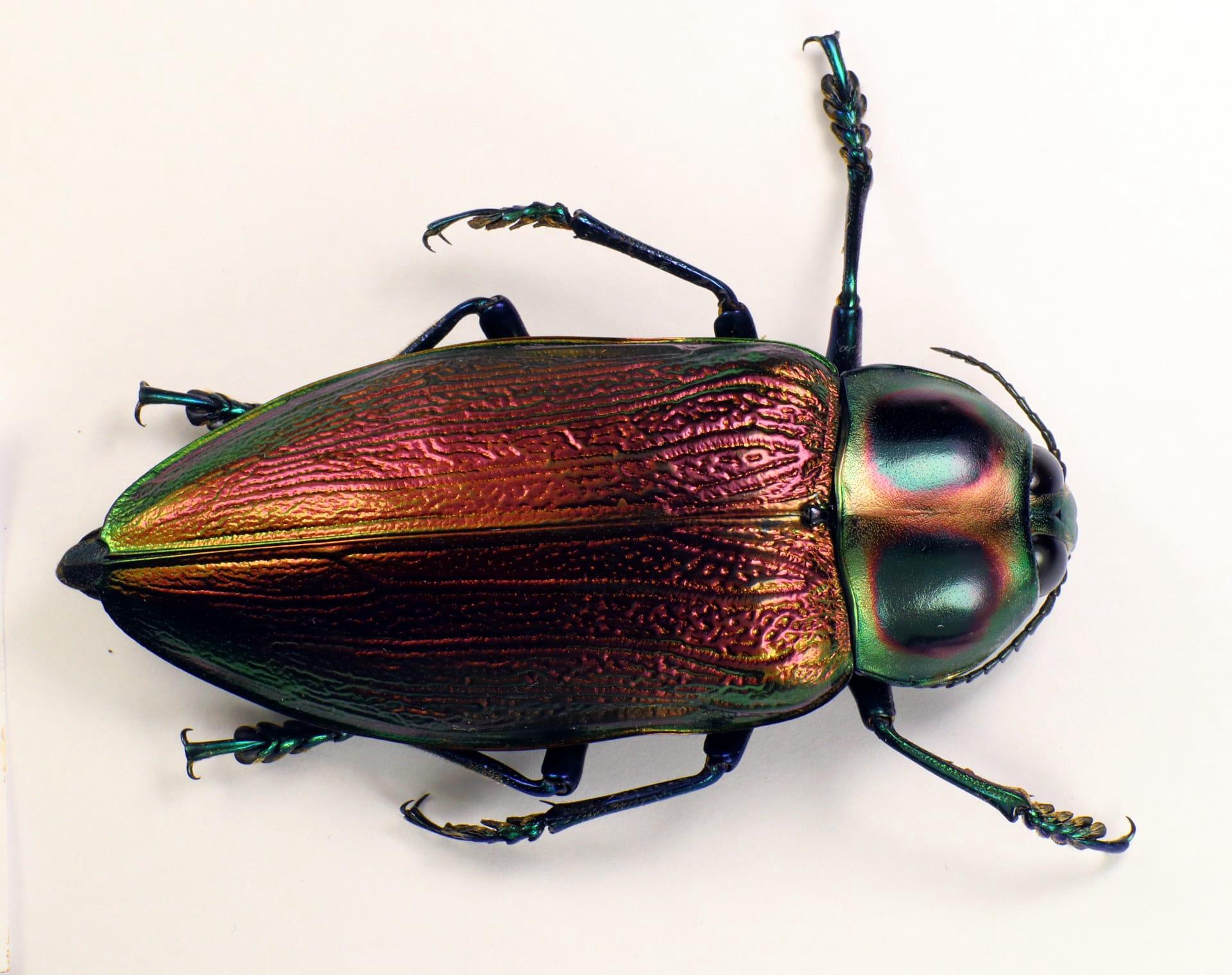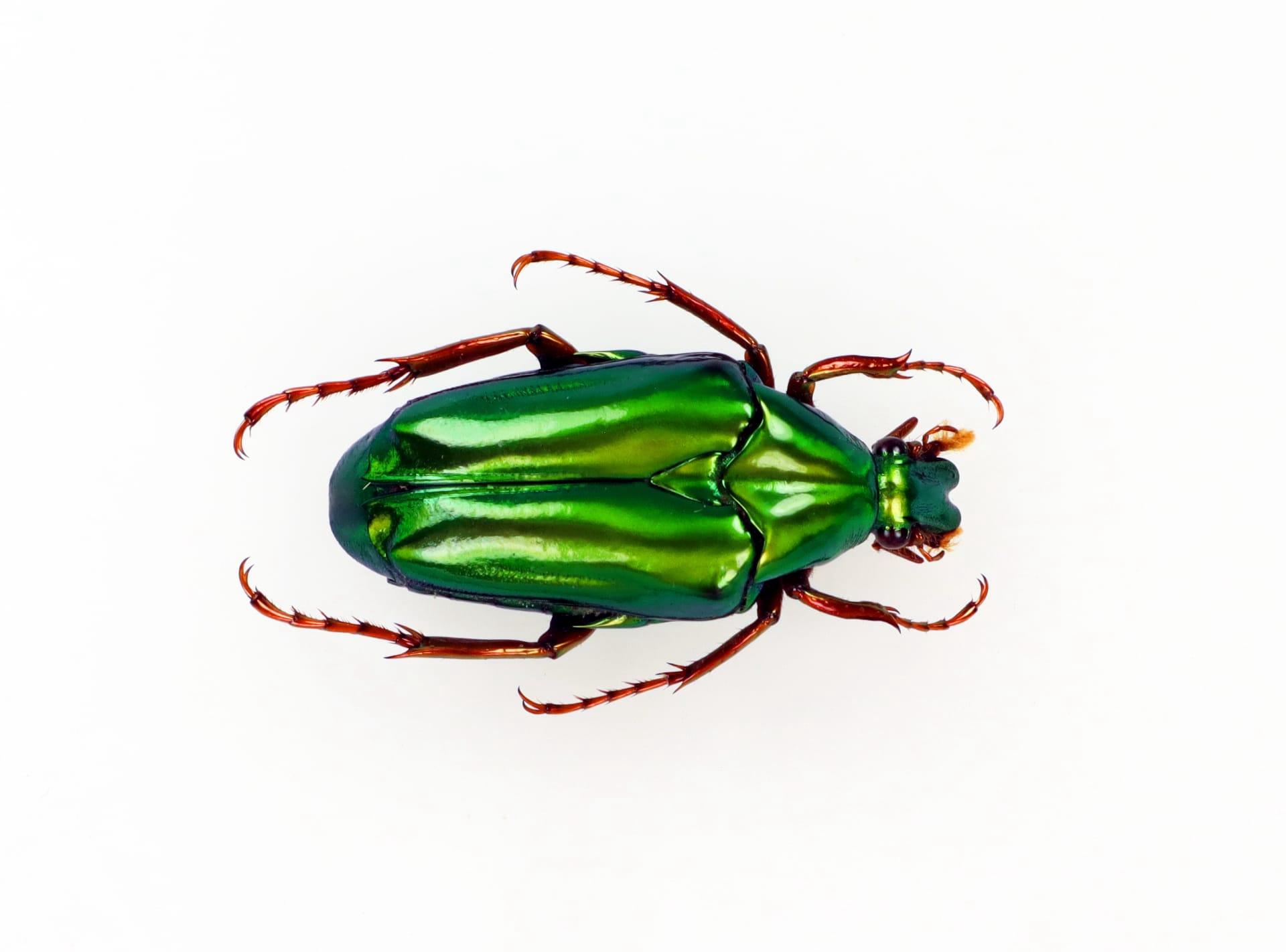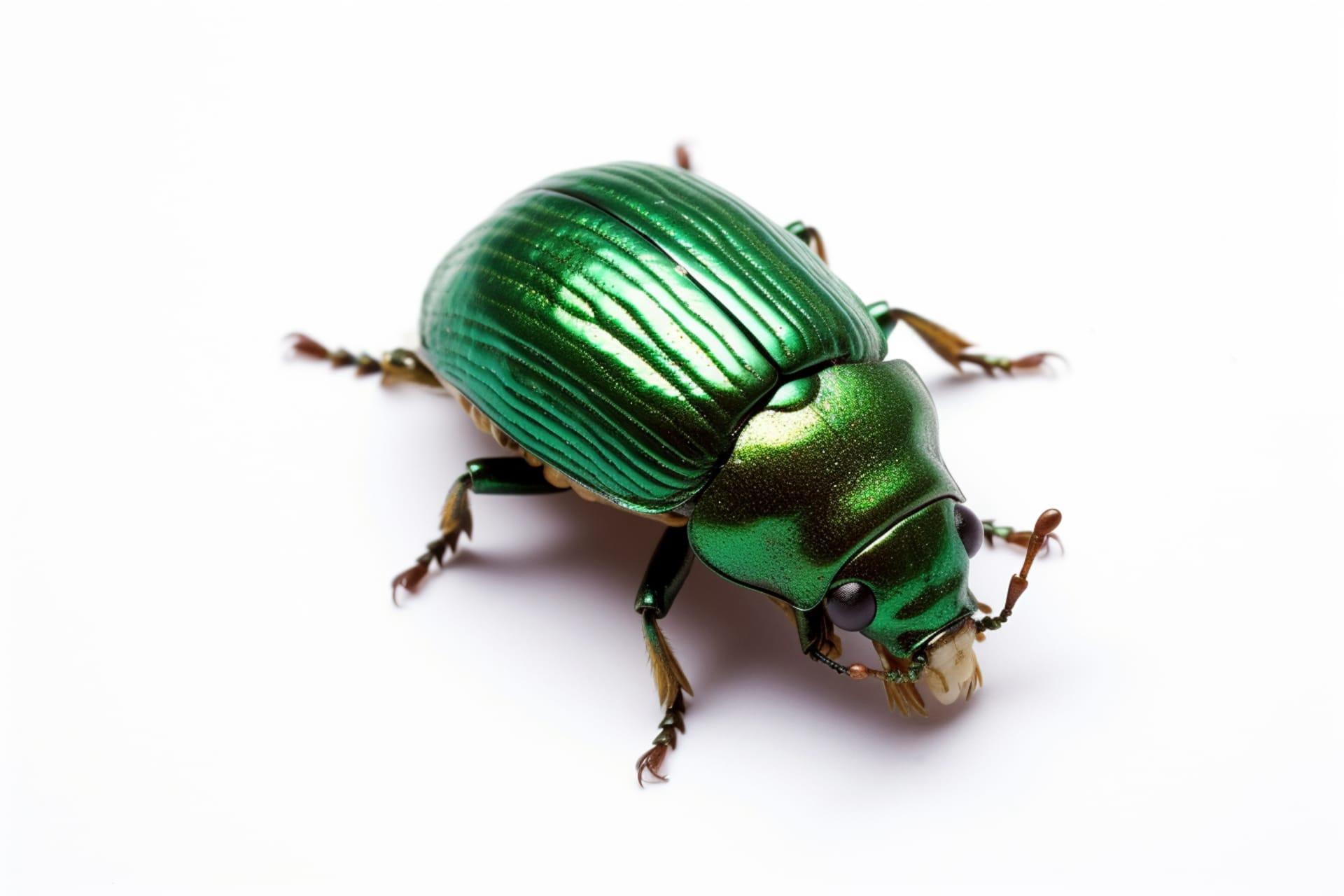Christmas Beetle Characteristics
- Home /
- Mini Encyclopedia /
- Animal /
- Christmas Beetle Characteristics
1
Christmas beetles, scientifically known as Anoplognathus, are a group of beetles native to Australia, renowned for their vibrant, metallic colors. These beetles typically measure about 0.8 to 1.2 inches (20 to 30 millimeters) in length. In terms of lifespan, these insects have a short life cycle. As adults, they live for approximately 4 to 6 weeks, primarily during the warm summer months, which coincides with the Christmas season in the Southern Hemisphere, hence their name.
The most distinctive organ of the Christmas beetle is its antennae, which are fan-like and highly sensitive. These antennae are crucial for navigating their environment, finding food, and seeking mates. They are packed with sensory receptors, allowing the beetle to detect chemical signals in the air, which is essential for locating plants and potential partners.

2
Question: Why are Christmas beetles often seen in large numbers during the summer season?
Answer: Christmas beetles are observed in large swarms during the summer, especially around lights at night, due to their synchronized life cycle. The majority of their life is spent underground as larvae, feeding on grass roots for several months. Once they mature into adults, they emerge almost simultaneously, leading to the large swarms observed. This mass emergence is synced with the warmer temperatures and increased plant growth of the summer months, providing abundant food resources for these beetles.

3
Christmas beetles are known for their clumsy flight. They have robust bodies and relatively small wings, which makes their flight noisy and somewhat erratic. Despite this, they are quite capable of traveling significant distances in search of food or mates. When not flying, they are often found clambering around on branches and leaves.
In terms of feeding, Christmas beetles have a particular fondness for eucalyptus leaves, which is abundant in their native Australia. These beetles use their strong mandibles to chew through the tough leaves. During heavy infestations, they can defoliate eucalyptus trees, leaving them bare and potentially harming the tree's health.

4
The natural habitat of the Christmas beetle is primarily in forests and woodlands, where eucalyptus trees are prevalent. They prefer warm, humid climates, which is why they are most active during the Australian summer. The larvae develop in the soil, feeding on organic matter and roots, hence their preference for areas with rich soil and abundant vegetation.
For reproduction, Christmas beetles lay their eggs in the soil. After hatching, the larvae, known as 'curl grubs,' feed on plant roots, particularly those of grasses. This larval stage can last up to two years, during which they undergo several growth phases (instars) before pupating in the soil and emerging as adults. The cycle from egg to adult beetle typically spans over a year.

5
Book: "The Secret Life of Beetles: Discovering the Hidden World of Christmas Beetles" by Dr. James Harrison. Published in the United Kingdom in 2015, this book offers a detailed insight into the fascinating world of Christmas beetles. Harrison, an entomologist, delves into their life cycle, behavior, and the ecological impact they have in their native Australian habitats. The book is rich in photographs and personal anecdotes, making it accessible to both scientific and general audiences.
Book: "Australia's Christmas Beetles: An Illustrated Guide" by Laura Edwards. Released in Australia in 2018, Edwards' book is a comprehensive guide to the various species of Christmas beetles found throughout the continent. It includes detailed descriptions, range maps, and beautiful illustrations. Edwards, a renowned naturalist, also discusses the conservation status of these beetles and the threats they face in the modern world.